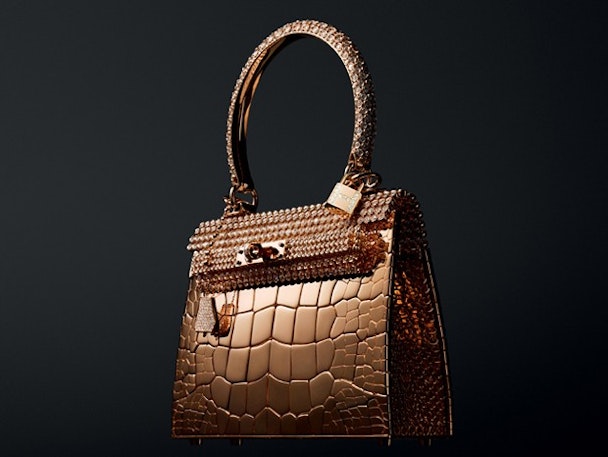Why elitism has gone out of fashion for Burberry, Hermes and Givenchy
VCCP creative director Andy Booth explores the fashion world’s changing ways as the industry looks to connect with a broader audience and shake off its aloof image.

There’s one thing the public loves even more than an underdog and that’s a reformed, reinvented baddie. The fashion industry appears to be on the cusp of such a reinvention.
For decades deliberately not connecting with the man (and woman) on the street, high-end fashion instead chose to speak to the chosen few and rely on the halo effect of desire for product trickling down to the average punter. But the business has changed. The brands are far-reaching and product bearing the same logo can vary in price from £15 for a lipstick to £1m for a rose gold crocodile bag (Hermes, if you happen to be in the market). But we all know the bottom line is probably greater affected by the £15 lipstick. No other sector has to negotiate such a vastly broad offering.
Inevitably, brands are starting to attempt to connect with a broader audience, some better than others. Every industry shift needs a trailblazer and we’re all aware of the work Christopher Bailey has been doing at Burberry. One of his most popular pieces was the ‘Kisses’ digital campaign for, surprise surprise, lipstick.
Fashion brands have long struggled to shed the constraints of the aloof, anonymous and unrewarding advertising filling the pages of magazines. But we’re reading less and less of them. And we’re metaphorically flicking past the pages of ads online and socially too (the number of people using ad-blocking plug-ins grows everyday).
It’s getting harder to get the all-important shot of the latest merchandise in front of the audience. So fashion brands are having to engage that broader audience in more creative ways, to entertain and reward them just to get the opportunity to show the merch and cultivate loyalty. The value Burberry put on this skill is apparent in the shareholder revolt it was prepared to cause last year in light of Baliey’s alleged £10m salary (you could get 10 Rose Gold Crocodile bags for that). It’s in its own interest that the rest of the brands catch up.
And the retailers are at it already. The likes of Harvey Nichols has long been producing work we all admire, and Asos has built a global business on hugely innovative social and digital work that deliberately debunks fashion’s up-its-own-trouser-leg seriousness. Their customers don’t just buy from them, they love them. And here’s where it gets really interesting. It’s not just their marketing they love them for, they love them because of the way they behave. They play a role in people’s lives, they offer value. They give as well as take. And this will be the biggest challenge for an industry not particularly renowned for its ability to give. It will play a vital role in the democratisation of the luxury fashion world.
Only this month Givenchy announced that, rather than invite the chosen few to its SS16 catwalk show, it will be inviting the general public (albeit an exclusive number of members of the general public) instead. This in itself presents another conundrum; the risk of eroding the fragile value of a brand. Maintaining the illusion of ‘affordable luxury’ is a real tightrope walk. In the world of fashion, Givenchy’s announcement is bombshell news (imagine the sulks from the snubbed few), and a brave move to be applauded. It seems the industry is starting to realise that bravery is what’s needed – the kind that has propelled advertisers from just about every other sector into the hearts of nations and the laps of bank managers over the years.
What’s more, today we market successfully not just through traditional channels but also through a brand’s actual behaviour. Corporate and social responsibility messaging is everywhere, let alone the Innocent’s of this world who actually live it rather than just sell it. Watching the fashion world starting to behave itself will be both interesting and exciting. The canvas is huge and the budgets are clearly there. The next instalment of The Devil Wears Prada could be a very different story indeed.
